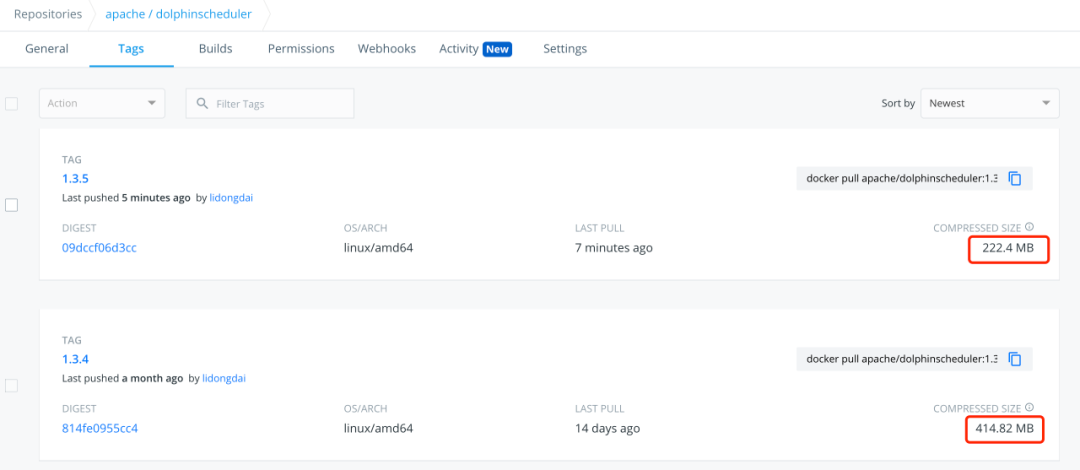I am going insane with this one - have looked everywhere and tried anything and everything I can thinks of.
Am making an iPhone app that uses AVFoundation - specifically AVCapture to capture video using the iPhone camera.
I need to have a custom image that is overlayed on the video feed included in the recording.
So far I have the AVCapture session set up, can display the feed, access the frame, save it as a UIImage and marge the overlay Image onto it. Then convert this new UIImage into a CVPixelBufferRef. annnd to double check that the bufferRef is working I converted it back to a UIImage and it displays the image fine still.
The trouble starts when I try to convert the CVPixelBufferRef into a CMSampleBufferRef to append to the AVCaptureSessions assetWriterInput. The CMSampleBufferRef always returning NULL when I attempt to create it.
Here is the -(void)captureOutput function
- (void)captureOutput:(AVCaptureOutput *)captureOutput
didOutputSampleBuffer:(CMSampleBufferRef)sampleBuffer
fromConnection:(AVCaptureConnection *)connection
{
UIImage *botImage = [self imageFromSampleBuffer:sampleBuffer];
UIImage *wheel = [self imageFromView:wheelView];
UIImage *finalImage = [self overlaidImage:botImage :wheel];
//[previewImage setImage:finalImage]; <- works -- the image is being merged into one UIImage
CVPixelBufferRef pixelBuffer = NULL;
CGImageRef cgImage = CGImageCreateCopy(finalImage.CGImage);
CFDataRef image = CGDataProviderCopyData(CGImageGetDataProvider(cgImage));
int status = CVPixelBufferCreateWithBytes(NULL,
self.view.bounds.size.width,
self.view.bounds.size.height,
kCVPixelFormatType_32BGRA,
(void*)CFDataGetBytePtr(image),
CGImageGetBytesPerRow(cgImage),
NULL,
0,
NULL,
&pixelBuffer);
if(status == 0){
OSStatus result = 0;
CMVideoFormatDescriptionRef videoInfo = NULL;
result = CMVideoFormatDescriptionCreateForImageBuffer(NULL, pixelBuffer, &videoInfo);
NSParameterAssert(result == 0 && videoInfo != NULL);
CMSampleBufferRef myBuffer = NULL;
result = CMSampleBufferCreateForImageBuffer(kCFAllocatorDefault,
pixelBuffer, true, NULL, NULL, videoInfo, NULL, &myBuffer);
NSParameterAssert(result == 0 && myBuffer != NULL);//always null :S
NSLog(@"Trying to append");
if (!CMSampleBufferDataIsReady(myBuffer)){
NSLog(@"sampleBuffer data is not ready");
return;
}
if (![assetWriterInput isReadyForMoreMediaData]){
NSLog(@"Not ready for data :(");
return;
}
if (![assetWriterInput appendSampleBuffer:myBuffer]){
NSLog(@"Failed to append pixel buffer");
}
}
}
Another solution I keep hearing about is using a AVAssetWriterInputPixelBufferAdaptor which eliminates the need to do the messy CMSampleBufferRef wrapping. However I have scoured stacked and apple developer forums and docs and can't find a clear description or example on how to set this up or how to use it. If anyone has a working example of it could you please show me or help me nut out the above issue - have been working on this non-stop for a week and am at wits end.
Let me know if you need any other info
Thanks in advance,
Michael

